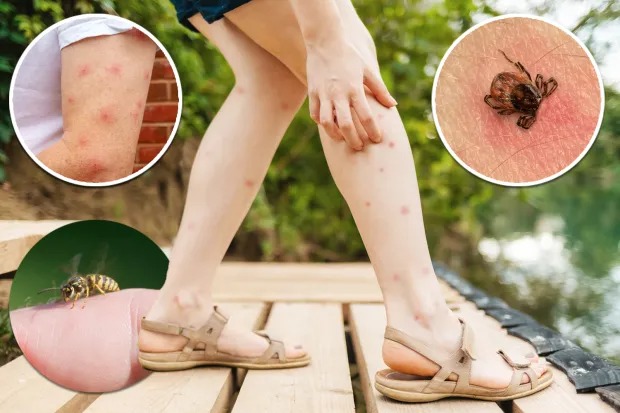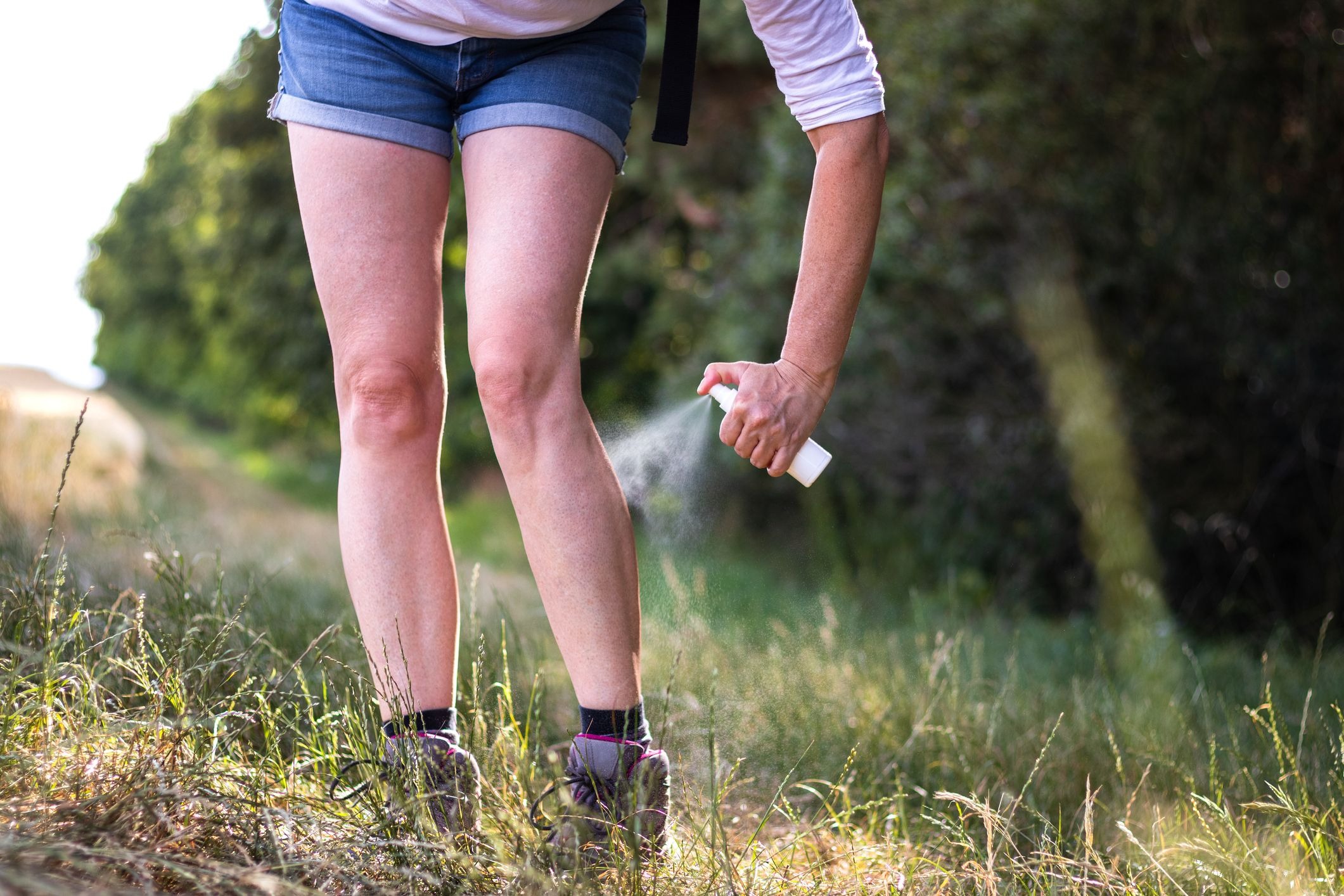5 High-Risk Spots For Outdoor Bites and Stings People Often Overlook (And What You Can Do About It During Your Travels)

Traveling outdoors opens up a world of adventure—from hiking scenic trails to exploring tropical beaches. Yet, along with the breathtaking beauty comes one common but often underestimated hazard: insect bites and stings. While most people prepare for obvious risks like mosquitoes near standing water, there are several high-risk spots for bites and stings that even seasoned travelers often overlook. Being unaware of these danger zones can lead to discomfort, allergic reactions, or worse, travel interruptions.
In this article, we’ll uncover five often-overlooked hotspots for outdoor bites and stings, explain why they’re risky, and provide practical steps to protect yourself. Whether you’re planning a camping trip, a tropical vacation, or a weekend hike, this guide will help you stay safe, prepared, and itch-free.

Table of Contents
Toggle1. Shaded Woodland Trails
Wooded trails are a favorite for hikers and nature enthusiasts. However, shaded environments with dense foliage provide the perfect hiding place for ticks, spiders, and biting flies. Unlike open fields, where visibility is higher, trails with thick undergrowth can harbor insects waiting for a host.
Ticks are particularly concerning because they cling to grass, shrubs, and low-hanging branches, latching onto unsuspecting travelers. These tiny pests can transmit Lyme disease and other tick-borne illnesses.
What You Can Do:
– Wear protective clothing: Light-colored, long-sleeved shirts and pants make it easier to spot ticks.
– Use insect repellent: Choose one with DEET, picaridin, or natural alternatives like lemon eucalyptus oil.
– Perform tick checks: After a hike, check your body carefully, especially behind knees, underarms, and the scalp.
Pro tip: Tuck your pants into your socks or boots when walking in tall grass to reduce exposure.
2. Beachfront Areas and Sand Dunes
Beaches may feel open and safe, but sand flies, biting midges, and even jellyfish washed ashore can be hidden dangers. Sand flies thrive in sandy and marshy environments, especially at dawn and dusk. Their bites can be intensely itchy and sometimes lead to skin infections if scratched excessively.
Another overlooked risk comes from jellyfish tentacles, which can remain venomous even when detached and lying on the beach.
What You Can Do:
– Avoid peak activity hours: Sand flies are most active during dawn and dusk.
– Apply barrier creams: Some lotions form a protective layer that makes it harder for insects to bite.
– Be cautious with jellyfish: Never touch stranded jellyfish; even dead ones can sting.
Travel tip: If stung by a jellyfish, rinse with vinegar instead of freshwater to neutralize the venom.
3. Campsites and Picnic Grounds
Campsites attract humans—and with humans come food scraps and sugary drinks that lure bees, wasps, and ants. Open garbage bins, unattended snacks, and spilled sodas create a perfect storm for stings. Wasps in particular can become aggressive if they feel threatened near their food source.
Picnic tables and sitting areas can also be hotspots for ants, which deliver painful bites and sometimes swarm in large numbers.
What You Can Do:
– Keep food sealed: Store snacks in airtight containers and dispose of trash properly.
– Stay calm near bees or wasps: Swatting increases the chance of being stung.
– Check your surroundings: Inspect benches, logs, or rocks before sitting down.
Safety note: If you have a known allergy to bee or wasp stings, always carry an epinephrine auto-injector when traveling.
4. Near Waterfalls and Riverbanks
Few travel experiences are as refreshing as a waterfall hike or riverside picnic. But flowing water and damp environments are magnets for mosquitoes, horseflies, and blackflies. These insects not only cause painful bites but also transmit diseases like malaria, dengue, and river blindness in certain regions.
Because of the moisture and shade, insects remain active throughout the day, unlike mosquitoes in drier regions that peak at night.
What You Can Do:
– Choose the right repellent: Look for products that specifically protect against mosquitoes and biting flies.
– Wear breathable, long-sleeved clothing: This keeps bugs at bay while staying cool.
– Avoid standing water: Don’t linger near puddles or slow-moving water, where mosquitoes breed.
Packing tip: Consider carrying a portable mosquito net if traveling in tropical regions.
5. Outdoor Rest Stops and Public Parks
Travelers often assume rest stops and urban parks are low-risk compared to wilderness areas. However, these locations attract pests like ants, fleas, and even ticks carried by stray animals. Because these spots are frequently visited by both people and pets, they become hotspots for pest activity.
Benches and grassy areas in public spaces can harbor fleas, while picnic lawns may hide fire ant mounds that deliver painful bites.
What You Can Do:
– Inspect seating areas: Check benches or grassy spots before sitting.
– Avoid direct ground contact: Use a picnic blanket or portable chair.
– Stay aware of animals: Stray dogs and cats may carry fleas or ticks.
Traveler insight: Even short stops in city parks can expose you to insect bites—don’t let your guard down.
General Prevention Tips for Travelers
– Pack a travel first-aid kit with antihistamines, antiseptic wipes, and sting relief creams.
– Stay hydrated and cool: Excessive sweating attracts insects.
– Choose accommodations wisely: Opt for rooms with screens or air conditioning when possible.
– Learn about local risks: Some regions have higher risks of mosquito-borne diseases or venomous insects.
Read More Also: P50 Foam Extinguisher Laws
FAQs About Outdoor Bites and Stings During Travel
What should I do immediately after being bitten or stung?
Clean the area with soap and water, apply a cold compress to reduce swelling, and use an antihistamine cream if needed. Seek medical attention if you experience severe allergic reactions like difficulty breathing or dizziness.
Are natural insect repellents effective?
Natural options like lemon eucalyptus oil or citronella can work for short-term protection. However, in high-risk areas, stronger repellents containing DEET or picaridin are more reliable.
How can I tell if a bite is dangerous?
Warning signs include spreading redness, swelling, fever, or flu-like symptoms. Bites that worsen over several days may indicate infection or a vector-borne illness.
Can clothing really prevent bites?
Yes. Long sleeves, pants, and light-colored fabrics create a physical barrier. Treated clothing with permethrin offers even stronger protection.
Should I carry medication for bites and stings while traveling?
It’s recommended. Antihistamines, pain relievers, and a topical hydrocortisone cream are travel essentials. If you have allergies, an epinephrine injector is vital.
Read More Also: How to Use a Rucksack for Progressive Overload at Home
Conclusion: Stay Protected and Travel Smarter
The outdoors offers unforgettable experiences, but hidden risks like insect bites and stings can quickly ruin your trip. By understanding the five high-risk spots travelers often overlook—woodland trails, beaches, campsites, riverbanks, and public parks—you can take proactive measures to protect yourself. With the right preparation, you’ll reduce discomfort, avoid medical emergencies, and focus on making memories instead of scratching bites.
Call to Action: Planning an outdoor adventure soon? Make sure to bookmark this guide and share it with fellow travelers. Don’t forget to pack your protective gear, and if you want more expert travel safety tips, subscribe to our blog for weekly updates!

